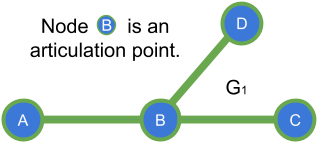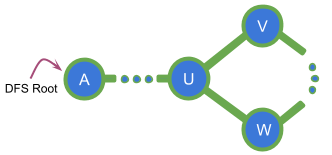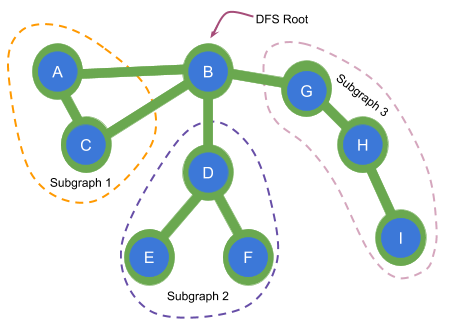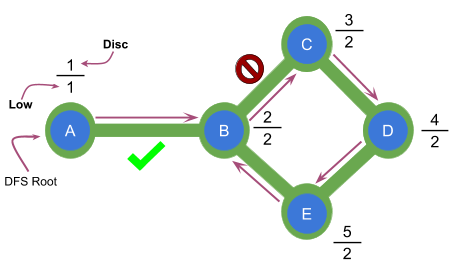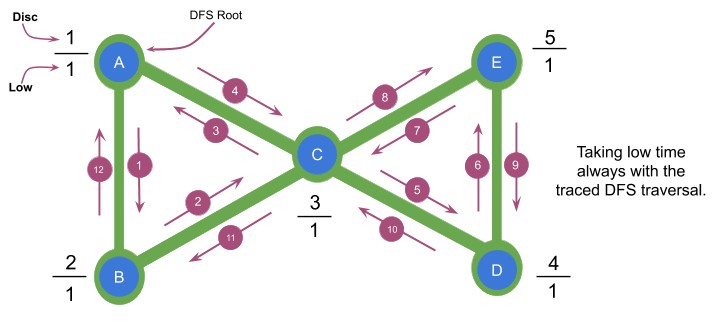cpbooster
Hey Codeforces,
I wanted to share with you my latest project: cpbooster which stands for "Competitive Programming Booster". It is a cross-platform CLI tool designed to boost competitive programmer's speed during contests by automating various routine tasks like testing, debugging, cloning test cases, etc. The console command suits any coding environment (i.e. VSCode, Jetbrains IDEs, Vim, NeoVim, Emacs, Geany, Sublime Text, ...) and it’s very easy to use. Vim users can install cpbooster.vim plugin to boost their speed even more. I hope you like it!!.
Visit the official website for installation and setup instructions.
https://searleser97.github.io/cpbooster/
Don't forget to give it a star in github if you like it :D https://github.com/searleser97/cpbooster
Using NeoVim: 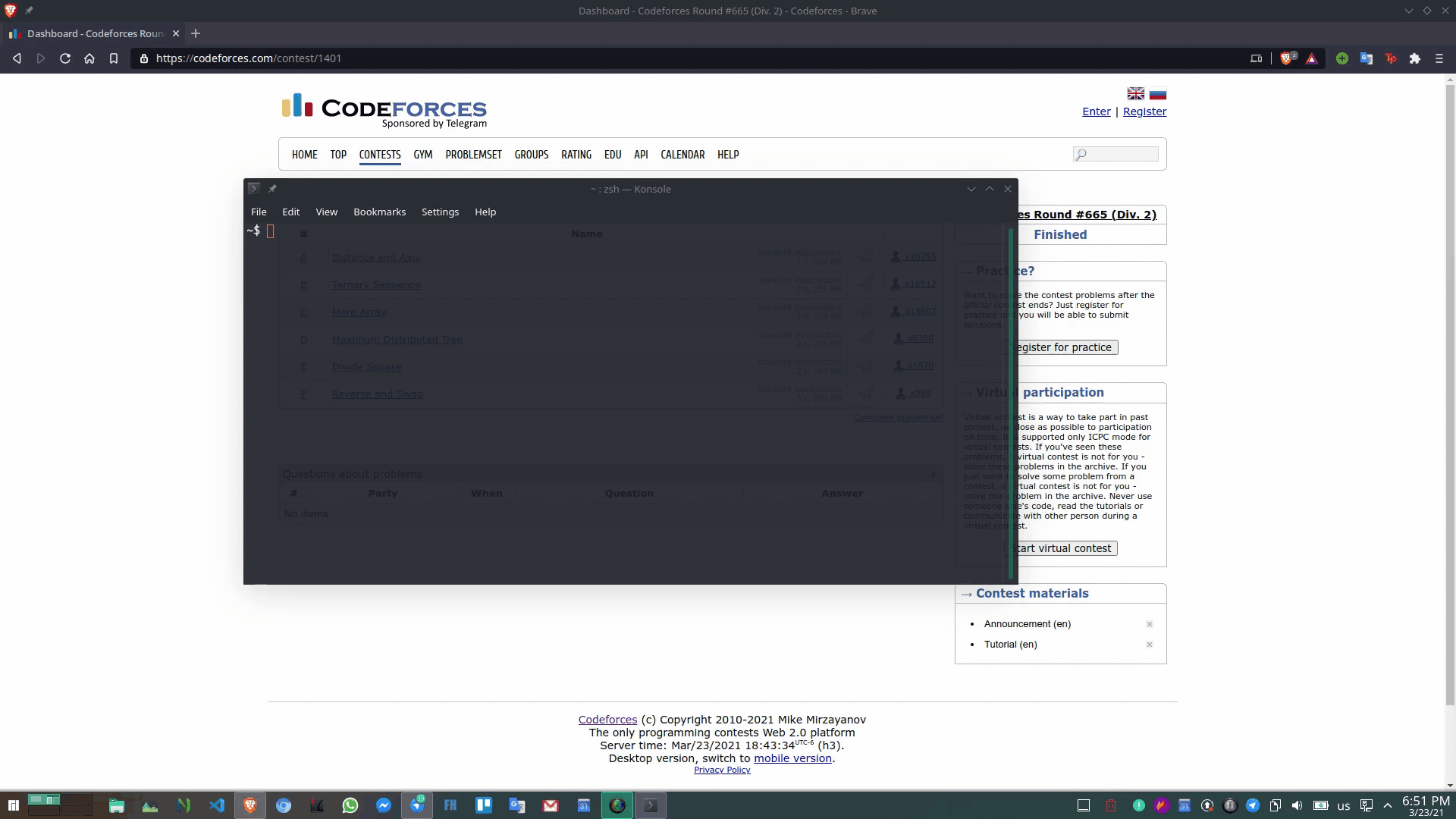
Features
cpboostercomes with a short alias command calledcpbto avoid writing the long command each time- Automatically clone sample test cases files with corresponding source code files with template loaded into the desired directory
- Test your code against sample test cases quickly. Supported Results:
- AC (Accepted)
- WA (Wrong Answer) Shows differences between accepted output and your output beautifully
- TLE (Time Limit Exceeded)
- RTE (Runtime Error)
- CE (Compilation Error)
Run code with your own debugging flags easily
- Submit your code from the terminal really quickly. (Several Online Judges can be supported)
- open your preferred editor in the contest directory immediately after cloning it. See Editors
Create one or multiple source files with the corresponding template loaded
Vim plugin cpbooster.vim boosts your speed even more
Flat File Structure. See Why Flat File Structure









